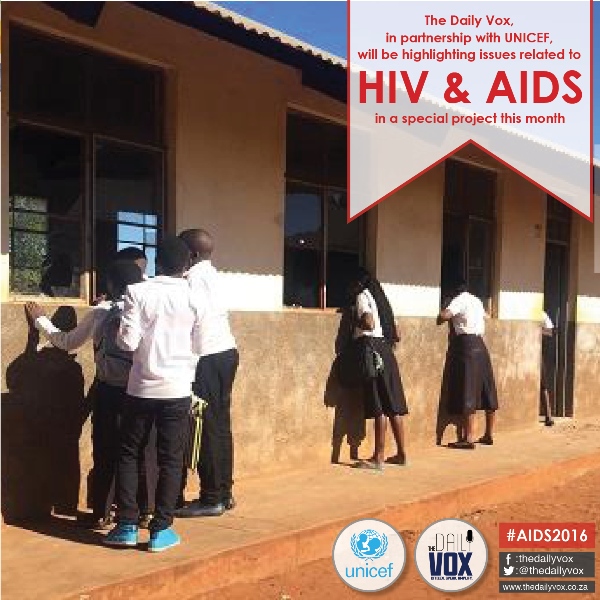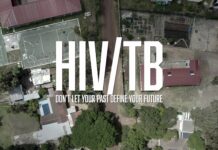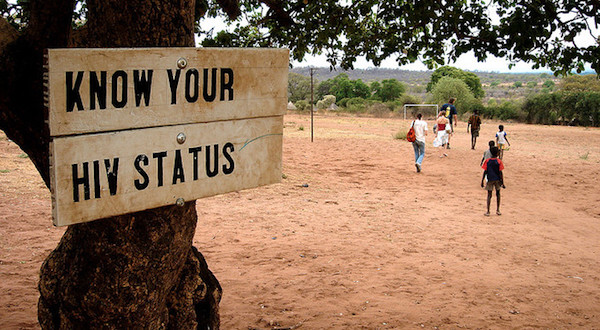
While there has been remarkable global progress in tackling the HIV/AIDS pandemic around the world, the United Nations Children’s Fund (Unicef) says further interventions are needed to protect children and adolescents from infection, sickness and death from HIV/AIDS related causes.
“After all of the saved and improved lives thanks to prevention, treatment and care; after all of the battles won against prejudice and ignorance about this disease; after all of the wonderful milestones achieved, AIDS is still the number two cause of death for those aged 10-19 globally – and number one in Africa,†Unicef Executive Director Anthony Lake said in a statement.
The number of AIDS-related deaths among adolescents 15-19 years has more than doubled since 2000.
Globally in 2015, there were on average 29 new infections an hour among those in this age group. And while rates of new infections among adolescents have levelled off, Unicef is concerned that projected increases in their population in the coming years will mean an increase in the overall number of infections.
Girls are particularly vulnerable, making up about 65% of new adolescent infections worldwide. In sub-Saharan Africa, which accounts for about 70% of people in the world living with HIV, 3 out of every 4 adolescents newly infected by HIV in 2015 were girls.
Yet the fear of testing keeps many young people unaware of their status. Among adolescents, only 13% of girls and 9% of boys were tested within the last year. A new poll conducted on U-report, Unicef’s mobile-based reporting tool, shows that some 68 per cent of 52,000 young people surveyed in 16 countries said they did not want to be tested, both because they were afraid of an HIV-positive result, and because they were worried about social stigma.
Meanwhile, new infections among children due to transmission at birth or during breastfeeding have decreased dramatically since 2000, dropping by 70% in the period. But the children’s agency called for stepping up efforts to eliminate the transmission of the virus from mother to child.
Make no mistake, the world has come a long way since the last International AIDS conference held in Durban 16 years ago.
“The world’s biggest killer and the greatest cause of ill health and suffering across the globe, including South Africa, is extreme poverty,†then South African president Thabo Mbeki said during his opening speech at the conference in 2000.
We’ve come a long way since then – from the fatal denialism about the disease more than a decade ago to having the largest HIV treatment programme in the world, with 3.4 million people on treatment.
It was during that speech that Mbeki rejected scientific understanding of the pandemic and said that AIDS was brought by the collapse of the immune system and not because of a virus. He argued that the solution was not expensive western medicine but the relief of poverty in Africa.
Sixteen years later, the conference is back in Durban from 18 to 22 July with scientists, policy-makers and organisations committed to fighting the HIV epidemic meeting to coordinate the global response to the virus.
Since 2000, concerted action to prevent mother-to-child transmission (PMTCT) in countries with high HIV/AIDS prevalence has brought the transmission rate down by roughly 70%Â worldwide. This includes sub-Saharan Africa, the region with the greatest burden of HIV/AIDS infections and deaths. Over the last 15 years, PMTCT programmes have prevented some 1.6 million new HIV infections in children, globally, while the provision of anti-retroviral treatment has saved 8.8 million lives.
Unicef’s Lake, speaking after a visit to the Prince Mshiyeni Memorial Hospital in KwaZulu-Natal, stressed the urgent need for innovation and renewed political will to reach the children still being left behind.
In 2015, half of new infections among children (0-14 years), occurred in only six countries: Nigeria, India, Kenya, Mozambique, Tanzania and South Africa.
“The undeniable progress we have made in the last three decades does not mean that our struggle is over,†Lake said. “The battle against AIDS will not be over until we redouble prevention and treatment efforts; until we reach those young lives still being denied the progress that millions before them have enjoyed; and until we end the stigma and fear that prevent so many young people from getting tested.â€
Featured image courtesy of International AIDS Society/Abhi Indrarajan









